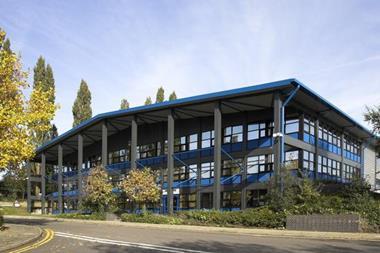PRMIA and SunGard have released a survey of 240 risk management professionals from 47 countries on the current use of risk-adjusted performance measurement (RAPM) in business decision-making processes, as well as plans for implementing these measures. Eighty chief risk officers and 110 senior executives provided input.
The survey, fielded by PRMIA and SunGard's BancWare business unit, confirms the intention of financial institutions across industry sectors and globally to use RAPM to help more accurately assess business opportunities and existing portfolios at the strategic, business unit, sales, product and customer levels.
Nearly 90% of respondents report that their firms either currently use some risk-adjusted performance measurements or they intend to do so within three years. Currently, use of RAPM is most prevalent in the banking, insurance and alternative investment sectors. The greatest planned adoption of RAPM is in the Asia/Pacific region and in the energy sector.
The findings also bring to the fore the importance of increased granularity and accuracy in data. Over 80% of respondents expect to use RAPM at the product level within 36 months; nearly 70% also plan to calculate customer/relationship, geographic, industry and credit tier dimensions.
Significant numbers of respondents who have already implemented RAPM have extended their pricing models to incorporate lifetime calculations in the areas of credit and market risk (and a minority is also able to apply this to operational risk). The research results also indicate an early groundswell of incorporation of complex attributes – collateral, guarantees, rate caps and floors – into pricing models. In addition, nearly three quarters (74%) of respondents have included, or plan to include, probability of default and loss given default in their models.
Eighty-seven percent (87%) of those surveyed said their companies have integrated risk management measures into their organizations, illustrating an encouraging trend toward well-supported and structured risk management practices above and beyond regulatory requirements; however, nearly half of those respondents questioned the completeness of their own monitoring and controls.
Nearly a quarter of all participants (23%) cite lack of funding and resources as the main obstacles to developing better systems.


















